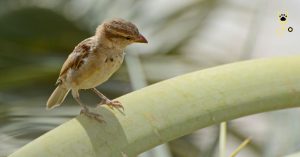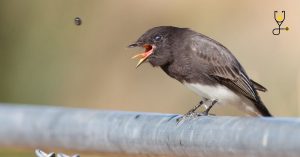Do you have a pet bird but aren’t sure what their cere means? If so, then you’ve come to the right place! A bird’s cere is an area of soft feathers found on its beak that can vary in color and texture depending on the type of bird. It serves as a way to identify gender, age, and overall health.
In this post, we’ll discuss all the details about a bird’s cere including how it helps identify differences between species and genders, nutrition requirements for proper maintenance, common problems associated with poor health, and more! Keep reading to discover specific information that can help you properly care for your feathered friend!
What is A Bird’s Cere?
As mentioned earlier bird’s cere is an area of soft feathers found on its beak that can vary in color and texture depending on the type of bird. It serves as a way to identify gender, age, and overall health. In general, male birds have larger ceres than female ones and usually feature more vibrant or deep colors (such as blues and reds). The size of the cere also typically increases with age. It’s important to note that not all species of birds have a visible cere; for example, toucans do not have one.
Uses of bird’s Cere?
1. Identifying Gender
The size of the cere can give an indication of the gender of a bird. Generally, male birds have larger ceres than female ones and usually feature more vibrant or deep colors (such as blues and reds).
2. Identifying Age
The size of the cere typically increases with age so it’s important to check for any changes in size over time. This can help you better gauge your pet’s age.
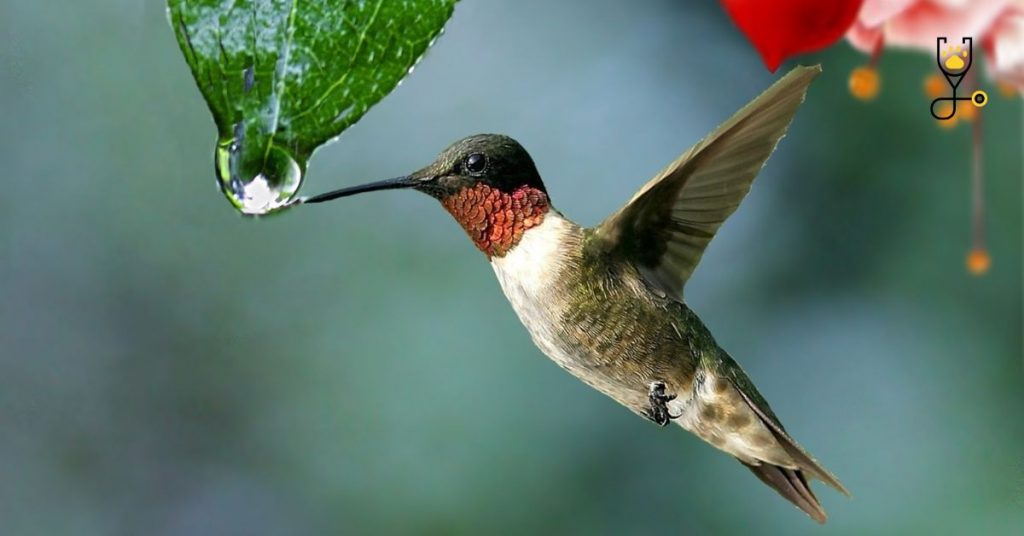
3. Health Indicator
A bird’s cere can act as an indicator of its overall health and well-being. If it appears dry or cracked, this could be a sign of dehydration or poor nutrition. Additionally, if the color is pale or white instead of bright and vibrant, it may be a sign of illness or disease.
4. Social Signals
A bird’s cere also acts as a social signal between birds. When they are feeling threatened or angry, their ceres will puff up as a warning to other birds. Conversely, when they are happy and relaxed, the cere will appear smooth and flat
5. Temperature Regulation
The feathers on the cere help regulate body temperature in birds by trapping warm air close to the surface of their skin. This helps them stay cool during hot days and warm during cold ones.
6. Protection From Predators
These soft feathers can act as an extra layer of protection from predators that might try to peck at their beaks.
7. Noise Reduction
The cere is also important for reducing noise when a bird is flying; it helps to dampen some of the sound created by air rushing past its wings as it flaps them.
8. Improved Flight
The cere can also help improve a bird’s flight by providing lift and stability in the air, allowing them to soar higher and stay airborne for longer periods of time.
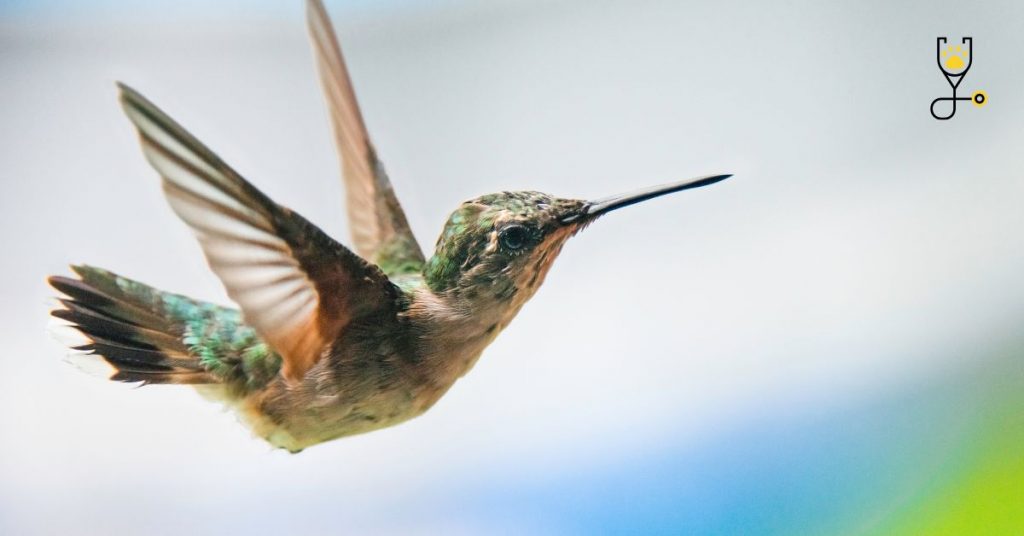
9. Nest Building
The feathers on the cere can make excellent materials for building nests, keeping eggs safe and warm until they hatch. 10. Communication
The size and color of a bird’s cere can be used as communication signals between birds of different species, alerting them to potential danger or helping them find a mate.
11. Display of Emotions
A bird’s cere can be an obvious display of its emotions; it will puff up when angry or scared, and relax when content or relaxed.
12. Food Gathering and Eating
The cere helps birds grab hold of food items like seeds and insects while they are in flight, as well as aiding them in breaking open hard shells to get to the delicious treats inside!
13. Grooming
Birds use their ceres for grooming themselves by plucking out dirt, dust, parasites, and feathers that may have become tangled or matted in their plumage.
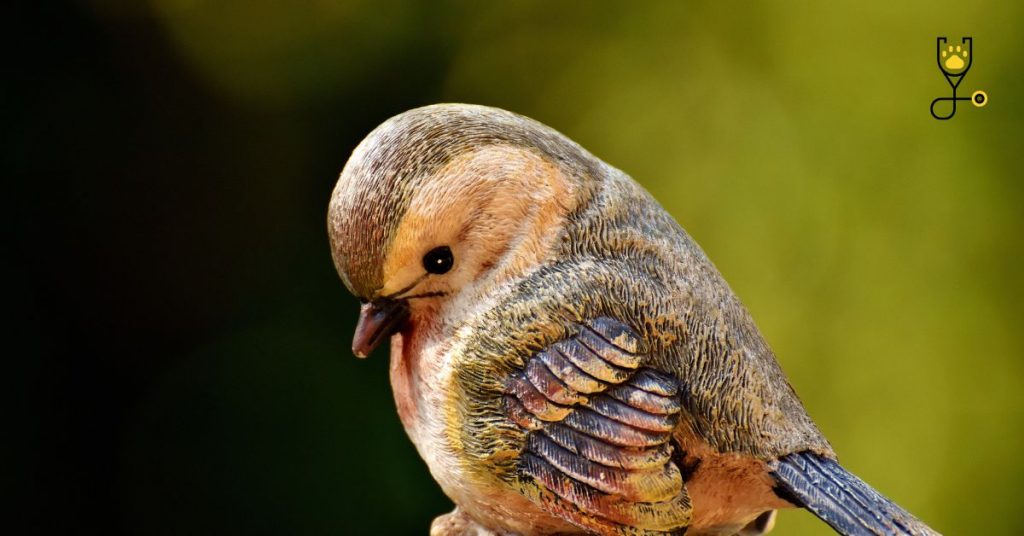
14. Preening
The feathers on a bird’s cere also aid in preening, which is the act of cleaning and arranging their feathers for better insulation and aerodynamics.
15. Cleaning
The feathers on a bird’s cere can also help them keep their eyes and nostrils clean by wiping away dust or other debris that may have accumulated there.
Also Read: All About Bird Beak Health
Conclusion
The cere of a bird is an important body part that plays many roles in their lives. From helping them identify gender, age, and health, to providing protection from predators, and aiding in flight and communication, the cere is essential for birds’ survival and well-being!
FAQs
Q: What is the purpose of a bird’s cere?
A: The cere of a bird serves many purposes, from identifying gender and age to providing protection from predators and aiding in flight. It can also act as an indicator of overall health, allowing birds to detect potential danger or locate a mate. Additionally, it helps them clean their eyes and nostrils, build nests, and regulate their body temperature.
Q: How do I know if my pet bird is healthy?
A: One indicator of your pet bird’s health is its cere. If it appears dry or cracked this could be a sign of dehydration or poor nutrition. Additionally, if the color is pale or white instead of bright and vibrant, it may be a sign of illness or disease.
Q: How do birds use their ceres for communication?
A: The size and color of a bird’s cere can be used as communication signals between birds of different species, alerting them to potential danger or helping them find a mate. Additionally, they use the feathers on their ceres to preen, which is the act of cleaning and arranging their feathers for better insulation and aerodynamics.
Q: What are some other ways that birds use their ceres?
A: Birds also use their ceres to help regulate body temperature in hot and cold weather, improve flight by providing lift and stability in the air, reduce noise when flying, gather food while
Q: Can a bird’s cere help them build nests?
A: Yes! The feathers on the cere can make excellent materials for building nests, keeping eggs safe and warm until they hatch. Additionally, it helps them grab hold of food items like seeds and insects while in flight, as well as aiding them in breaking open hard shells to get to the delicious treats inside!



